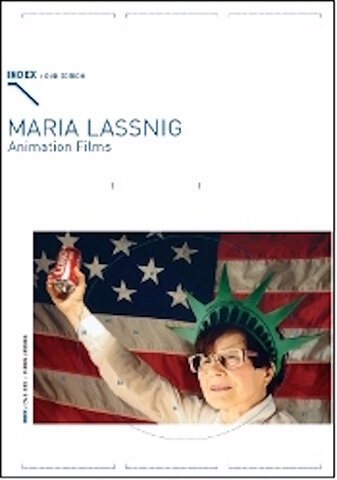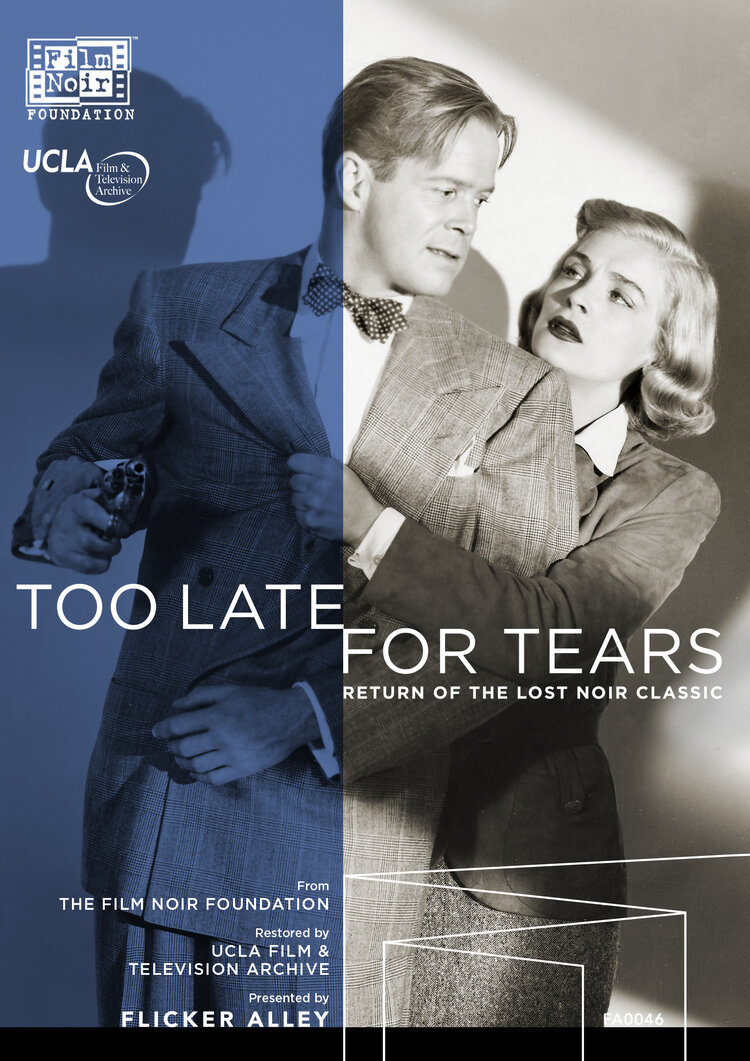GME Presents The Psychological Worlds of Animation and Film Noir
/Film Noir’s stylistic devices result in claustrophobic spaces that lead to the psychological and physical demise of the Noir protagonist; for experimental animators, the cinematic canvas is one that provides liberation of the character’s psyche. These two contrasting paradigms are represented by the new digital restoration of the Noir drama TRAPPED (1949) and the compilation DVD of animation films by Suzan Pitt.
◊
Before making Hollywood epics such as 20,000 LEAGUES UNDER THE SEA (1954), THE VIKINGS (1958), and BARABBAS (1961) director Richard Fleischer started his career in the mid 1940’s with a series of low-budget B-features, often taking crime stories and transforming them into taut noir dramas. TRAPPED centers on the clash between counterfeiters and Treasury agents and is told in semi-documentary style (a common subgenre of Film Noir, which was made most famous by Anthony Mann’s T-MEN, 1947). A young Lloyd Bridges stars as a hardboiled, gun-toting, explosive and unpredictable hoodlum named Tris Stewart, a convicted counterfeiter doing time in a penitentiary. When a fresh batch of fake bills starts circulating, treasury agents bail Stewart out to help lead them to the maker of the fake plates. But he double-crosses the Feds and hooks up with his gun-moll sweetheart (22-year-old Barbara Payton in her breakout role). They plan to heist the plates and hightail it across the border.
Escape is a paramount goal for both Stewart and his girlfriend, yet their motivation for freedom propels this couple back into the underworld as well as into the universe of undercover agents. Counterfeit money is a metaphor for the way almost no one is what they seem, and no one can be trusted. Stewart’s life is spent imprisoned in cages, both tangible and visible (the prison itself) as well as more intangible and invisible (streets and nightclubs that are filled with agents and criminals in various guises) -- into whose web Stewart becomes increasingly trapped.
Light and shadows highlight the film’s atmospheric and claustrophobic spaces, while visually enhancing the film’s themes of subterfuge and entrapment. The camera catches the confined setting of hallways and stairs, lit only by hanging bulbs, and Stewart ensconced in a dark room, the key lighting focusing solely on his face. In the closing sequence, situated in a barn for trolley cars, treasury agents chase after Stewart’s unsavory business partner Sylvester. Interior shots of the criminal running away from the T-Men accentuate the overhead roof structure and a maze of vertical pillars, emphasizing the idea that he’s caught in a giant prison from which there is no escape.
Bonus materials on this Blu-ray/DVD dual format edition include a documentary on the film’s creation and history, a remembrance of Richard Fleischer, the director, an audio commentary track, and rare photographs and poster art. This digital publication garnered the 2020 Il Cinema Ritrovato Personal Choice DVD Award by juror Lorenzo Cadelli.
A SCENE FROM TRAPPED.
◊
If the structure and theme of TRAPPED is about physical and psychological entrapment, then the theme of Suzan Pitt’s films is psychic liberation. Suzann Pitt (1943-2019) began her career as a painter, writing that “The paintings are not intended to ‘stand still’ but to create a kind of passive/electric panorama of association, a pictorial tableau much like our thoughts.” In 1968, she began making animated films. Pitt wrote that “My painted images seem to have a past and future and through animation I could imagine and dramatize their stories.” All of her films were drawn and painted by hand and filmed on an Oxberry animation stand.
Through her short film work, the artist occupied a unique position within the world of experimental animation. She drew upon the tradition of the Surrealists, of underground comics, and of Max Fleischer’s Betty Boop cartoons (coincidentally, Max Fleischer was the father of Richard Fleischer, the director of TRAPPED). She also was an inheritor of the animation tradition of Winsor McCay, especially his comic strip series Dreams of the Rarebit Fiend (1904, which was later made into a film by the Edison Co. in 1906), in which he probed the inner world of dreams as sites for whimsy, imagination, wit and nightmares, depicting human fears and delusions. Pitt also relied upon her own interior world and imagination, through which she vividly displayed her female psyche on the film canvas. As renown author and animator John Canemaker has observed, “She put her undiluted, unadulterated, uncensored dreams on screen.”
Pitt’s most famous film is ASPARAGUS (1979), a hypnotic, wordless, erotic and jarring visual poem about a woman without a face. While exploring the creative process, the character enters a theater, where she opens a suitcase and unleashes a hodgepodge of items — a lamp, a chair, balloons, insects, and a phallic asparagus — that waft above a fascinated audience of animated clay figures. Unusual for an experimental animation film, ASPARAGUS achieved wide commercial success when it was shown at midnight screenings together with David Lynch’s ERASERHEAD (1977).
In the throes of a deepening depression, the artist/filmmaker found solace in the rain forests of Mexico and Guatamala; the hallucinogenic paintings she made there inspired the scenes from JOY STREET (1995). Set in Mexico, EL DOCTOR (2006) concerns an old doctor who encounters a miracle on his last day on earth. In VISITATION (2012), the monochromatic images encompass dark visions of the Spanish inquisition and witches in the forest. Set to Georges Antheil’s score of BALLET MÉCANIQUE, the mostly abstract images in PINBALL (2013) ricochet against the film frames. About this film, Pitt wrote “Think of PINBALL as a spinning flying saucer which lands in your yard, performs, and then flies away to the sound of film flapping in a projector.”
As a bonus, this DVD edition includes a documentary on Suzan Pitt and her creative process, entitled PERSISTENCE OF VISION (2006), which was made by her son and daughter-in-law Blue and Laura Kraining. Pitt also created animated film images for operas, public work projects, and even outerwear! She was also a professor at Harvard University’s famed Carpenter Center.
SUZAN PITT WORKING ON THE MINIATURE THEATER SET, WITH AN AUDIENCE OF CLAY FIGURES, SHOWN IN HER BREAKTHROUGH ANIMATED FILM, ASPARAGUS.
RELATED FILMS OF INTEREST
WATCH FOR UPCOMING NEWS OF GME’S EXCLUSIVE RELATIONSHIP WITH KINO LORBER AND OUR DISTRIBUTION OF A SELECTION OF KEY CLASSIC FILMS TO THE UNIVERSITY MARKET







